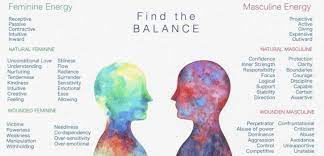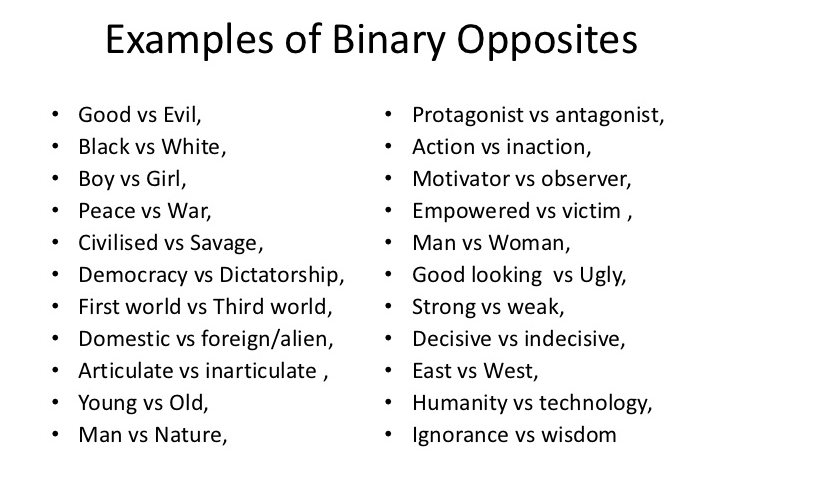What is masculinity?
Masculinity is set behaviors, and roles associated with men and boys. Masculinity can be theoretically understood as socially constructed, and there is also evidence that some behaviors considered masculine are influenced by both cultural factors and biological factors. It is distinct from the definition of the biological male sex,[5][6] as anyone can exhibit masculine traits.[7] Standards of masculinity vary across different cultures and historical periods.

Masculinity is seen to be the trait which emphasizes ambition, acquisition of wealth, and differentiated gender roles. Femininity is seen to be the trait which stress caring and nurturing behaviours, sexuality equality, environmental awareness, and more fluid gender roles.
What is the true definition of masculinity?
Masculinity = social expectations of being a man: The term ‘masculinity’ refers to the roles, behaviors and attributes that are considered appropriate for boys and men in a given society. Masculinity is constructed and defined socially, historically and politically, rather than being biologically driven.

What is the real definition of femininity?
: the quality or nature of the female sex : the quality, state, or degree of being feminine or womanly. challenging traditional notions about femininity and masculinity.

There is also a thing called binary opposite’s..

Particular aspects of identity derived from places we belong to arise because places have figures and images that have meaning and are significant to us. Places represent personal and social memories because they are positioned in the socio- historical matrix of intergroup relations.
Such as..
Gender socialization occurs through four major agents: family, education, peer groups, and mass media. Each agent reinforces gender roles by creating and maintaining normative expectations for gender-specific behaviour.
Social and environmental cues direct individuals to pay attention to external messages—beliefs, values, symbols, and affects—that are deemed self-referent.
What is the difference between masculine and feminine posing?
A closed or clenched hand tends to be more masculine while a relaxed or lightly curved hand has a feminine inference. Unlike feminine poses, masculine poses avoid softening the pose with rounded shoulders or exaggerated shoulders, hips, and legs.


What makes a pose masculine?
Stereotypical male model poses all involve making the man look fierce. Anything that can be done to convey power and dominance should be included in the pose. While females are always looking for ways to emphasize curves, men are looking for hard angles and straight lines.
What is femimity?
Femininity is a set of attributes, behaviors, and roles generally associated with women and girls. Femininity can be understood as socially constructed, To what extent femininity is biologically or socially influenced is subject to debate. It is conceptually distinct from both the female biological sex and from womanhood, as all humans can exhibit feminine and masculine traits, regardless of sex and gender.
What makes a pose feminine?
Create Curves-They’re what make most women feel feminine. Highlighting a female model’s curves also has the added benefit of making the waist look more defined. In standing poses this can be achieved by having the model put her weight on her back foot. Add in a knee bend away from the camera and boom.

